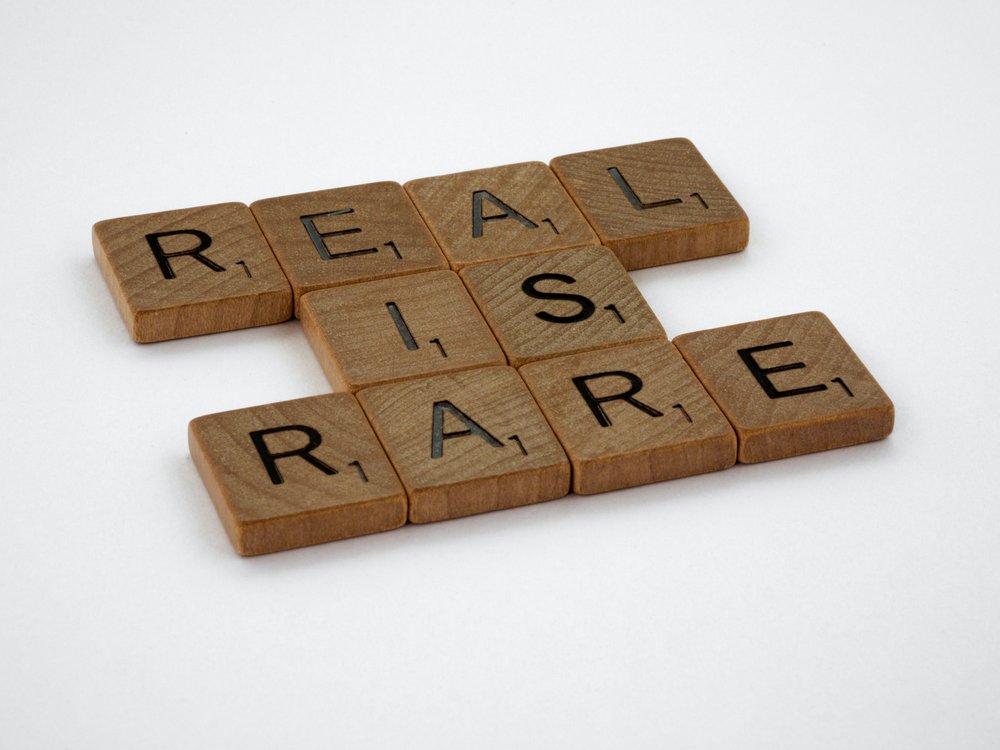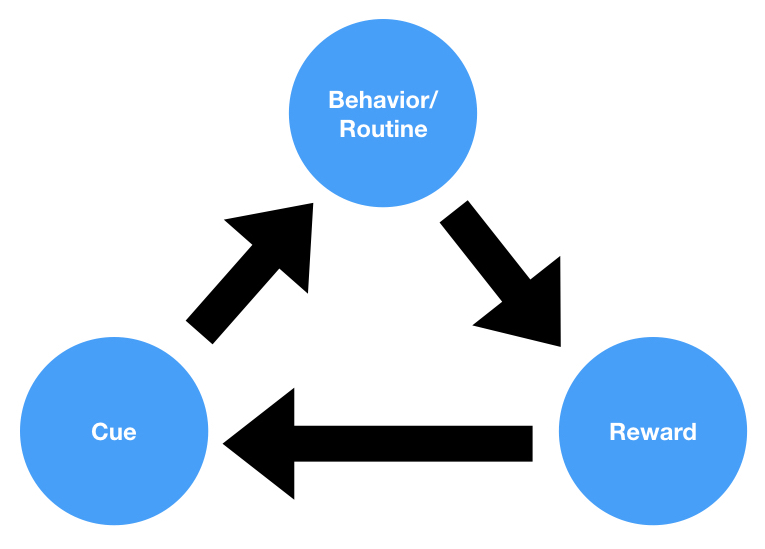Definition
User Experience (UX) Design is a multidisciplinary approach to designing products, services, and systems with the primary goal of creating a positive, meaningful, and satisfying experience for users. It involves understanding users’ needs, preferences, and behaviors, and then translating these insights into a user-centered design that addresses pain points and enhances usability, accessibility, and overall satisfaction. UX design encompasses various aspects of a user’s interaction with a product, including its functionality, usability, aesthetics, and the emotions evoked during the interaction.
Background
The term “User Experience” was coined by Don Norman in the early 1990s while he was working at Apple. Norman, a cognitive scientist and usability expert, emphasized the importance of designing products and systems that focus on users and their needs. Since then, UX design has evolved into a holistic, user-centered discipline that goes beyond just the design of a product’s interface, encompassing the entire experience a user has with a product or service.
Applications in Behavioral Design, User Experience, and Product Design
User Research
UX design begins with understanding users and their needs through various research methods, such as interviews, surveys, focus groups, observations, and usability testing. This research helps UX designers to develop a deep understanding of the target audience, identify pain points, and uncover opportunities for improvement.
Information Architecture
UX designers create the underlying structure of a product or system, organizing content and features in a way that is logical, intuitive, and easy to navigate for users. This includes creating wireframes, sitemaps, and user flows to ensure a seamless and coherent experience.
Interaction Design
Interaction design focuses on how users interact with a product, including the use of controls, buttons, and other interface elements. UX designers aim to create intuitive and efficient interactions that minimize the learning curve and reduce the potential for errors.
Visual Design
Visual design is an essential aspect of UX design, as it influences users’ perceptions, emotions, and overall experience. UX designers use typography, color, layout, and other visual elements to create an aesthetically pleasing and cohesive interface that supports usability and enhances the user’s emotional connection with the product.
Usability Testing
UX designers conduct usability testing to evaluate the effectiveness of their designs and identify areas for improvement. This iterative process allows designers to refine their designs based on real user feedback and ensure that the final product meets users’ needs and expectations.
Accessibility
UX design considers the needs of diverse users, including those with disabilities or specific requirements. Designers aim to create products that are accessible to all users, following guidelines and best practices to ensure that everyone can have a positive and inclusive experience.
Key Principles of UX Design
User-centricity
UX design revolves around the user, prioritizing their needs, preferences, and experiences throughout the design process. By empathizing with users and understanding their goals, designers can create more effective and satisfying products.
Clarity and Simplicity
UX design seeks to minimize complexity and confusion, making it easy for users to understand and interact with a product. This includes creating clear and intuitive interfaces, straightforward navigation, and concise content.
Consistency
Consistent design elements and patterns help users build familiarity and trust with a product. UX designers strive for consistency in visual design, interaction patterns, and overall experience across different sections or components of a product.
Feedback
Providing feedback to users, such as visual cues or messages, helps them understand the results of their actions and reinforces their sense of control and confidence in using a product.
Flexibility and Adaptability
UX design takes into account the diverse needs, preferences, and contexts of users, creating products that can adapt to different situations and use cases.
In conclusion, UX design is a critical component of behavioral design, user experience, and product design. By focusing on users’ needs, preferences, and behaviors, UX designers create products and systems that are not only functional and aesthetically pleasing but also emotionally satisfying and easy to use. This user-centered approach helps to ensure that products are accessible, engaging, and effective, ultimately contributing to the success of the product and the satisfaction of the end user. As a result, UX design plays a vital role in shaping the way people interact with technology and the world around them, making it an essential discipline in the field of behavioral design and product development.




